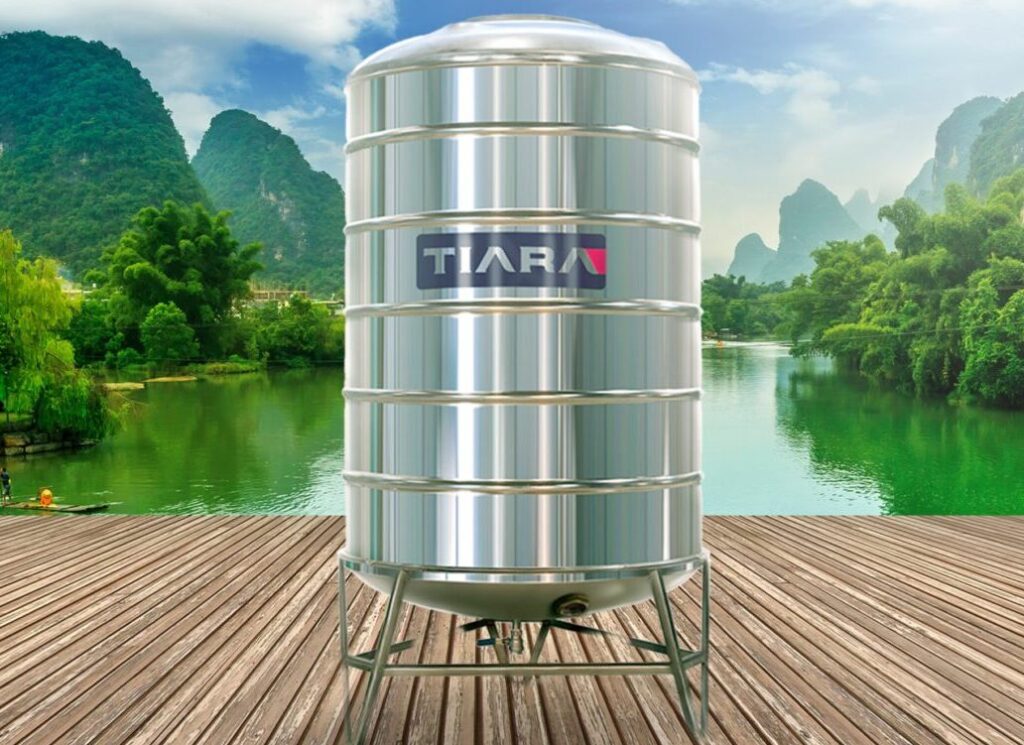
Introduction:
Water storage tanks are vital for ensuring a steady supply of clean water for homes and businesses. However, without proper safeguards, these tanks can become breeding grounds for contaminants, posing serious health risks. This article provides practical strategies to protect your water storage tank from contamination, ensuring the water remains safe for consumption.
Contaminants can enter water storage tanks through various means, including physical, chemical, and biological sources. Common contaminants include bacteria, algae, sediments, and chemicals from external sources. Understanding the potential sources of contamination is the first step in safeguarding your water supply.
Safeguard Your Water Storage Tank from Contaminants:
1. Regular Inspection and Maintenance
One of the most effective ways to prevent contamination is through regular inspection and maintenance of the water storage tank.
Visual Inspections: Conduct routine checks for any visible signs of leaks, cracks, or corrosion. Look for algae growth or any unusual discoloration of the water.
Professional Inspections: Consider scheduling professional inspections at least once a year. Experts can identify issues that may not be immediately apparent, ensuring the tank remains in optimal condition.
2. Proper Sealing and Covers
Sealing your water storage tank is crucial to prevent contaminants from entering.
Secure Covers: Ensure the tank has a secure, well-fitted cover. This prevents debris, insects, and animals from gaining access.
Ventilation: While covers are important, tanks also need proper ventilation. Install screens on vents to filter out dust and debris while allowing air circulation.
3. Regular Cleaning
Regular cleaning of the water storage tank is essential to maintain water quality.
Cleaning Schedule: Create a cleaning schedule based on usage and environmental conditions. Tanks should ideally be cleaned every six months to a year, depending on local water quality and tank usage.
Safe Cleaning Practices: Use non-toxic cleaning agents and avoid harmful chemicals. After cleaning, rinse the tank thoroughly to remove any residues.
4. Water Quality Testing
Frequent testing of water quality helps identify contaminants before they become a serious issue.
Test Regularly: Conduct water quality tests at least quarterly. Tests should include checks for bacteria, pH levels, and chemical contaminants.
Professional Testing Services: If you suspect contamination, consider using professional water testing services for comprehensive analysis. This can provide detailed insights into specific contaminants present.
5. Implementing Filtration Systems
Incorporating filtration systems can significantly reduce the risk of contaminants entering your water supply.
Pre-Filtration: Install pre-filters before water enters the storage tank. These filters can remove sediments, debris, and larger contaminants.
Post-Filtration: Consider adding post-filtration systems, such as UV filters, which can effectively kill bacteria and viruses, ensuring the water remains safe for consumption.
6. Controlling Water Source Quality
The quality of water entering the storage tank directly impacts the safety of stored water.
Source Protection: Identify and protect the water source feeding into the tank. Ensure it is not exposed to pollutants such as agricultural runoff or industrial waste.
Treatment Before Storage: If the source water quality is questionable, treat it before it enters the tank. This could involve chlorination, sedimentation, or other purification methods.
7. Monitoring Temperature and Environment
Temperature can influence the growth of harmful organisms in water storage tanks.
Temperature Control: Ensure the tank is insulated or located in a shaded area to prevent excessive heat, which can encourage algae and bacterial growth.
Humidity Control: For above-ground tanks, monitor humidity levels to reduce the risk of condensation, which can introduce contaminants.
Conclusion:
Safeguarding your water storage tank from contaminants is crucial for maintaining safe, clean water for everyday use. By implementing regular inspections, maintaining proper seals, conducting water quality tests, and using filtration systems, you can significantly reduce the risk of contamination. Remember, proactive measures not only protect your water supply but also promote the health and well-being of everyone who relies on it. Prioritizing the integrity of your water storage tank is a vital step toward ensuring safe and reliable access to water.


